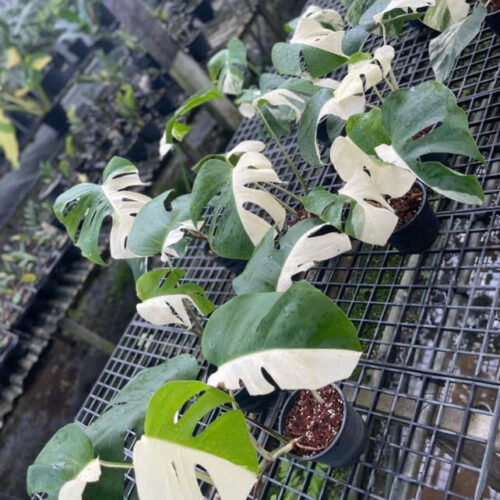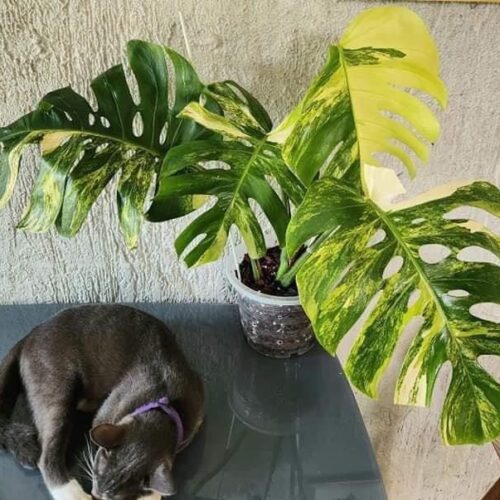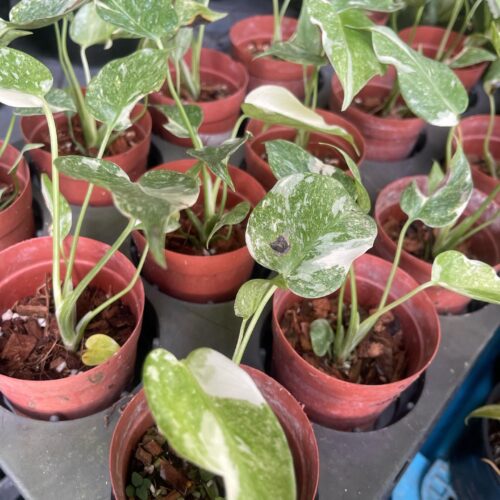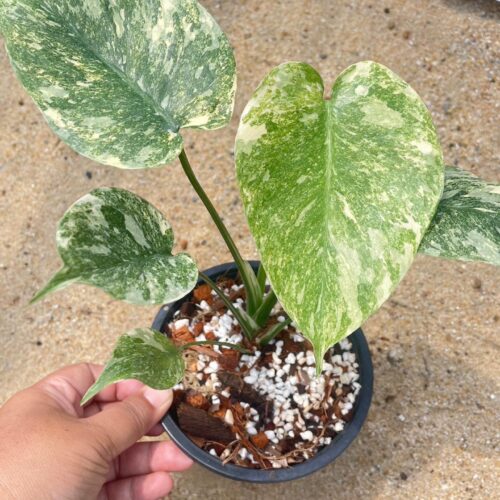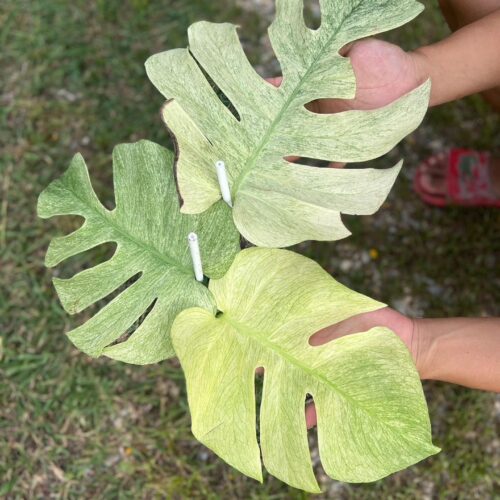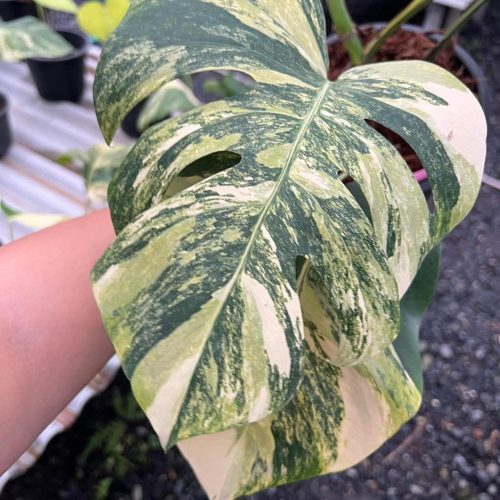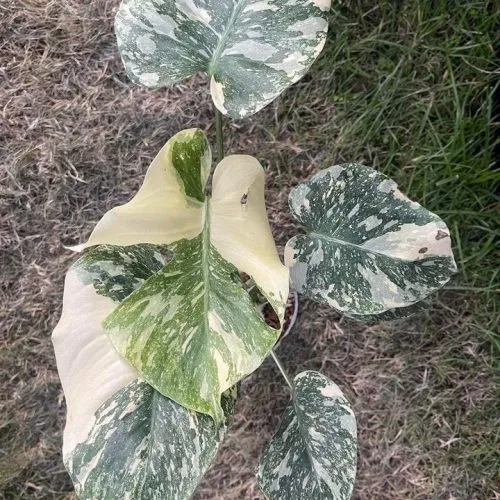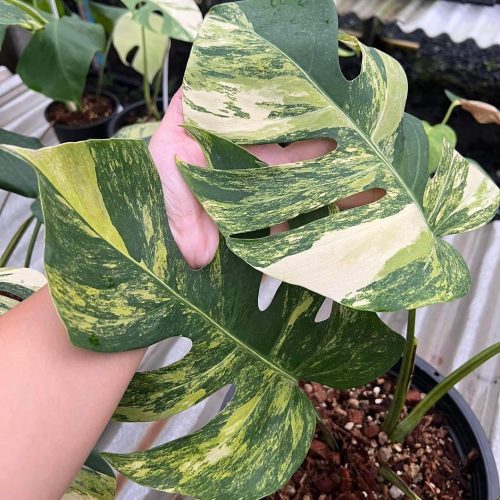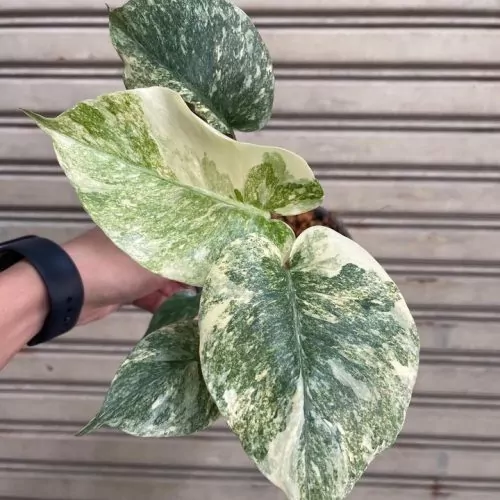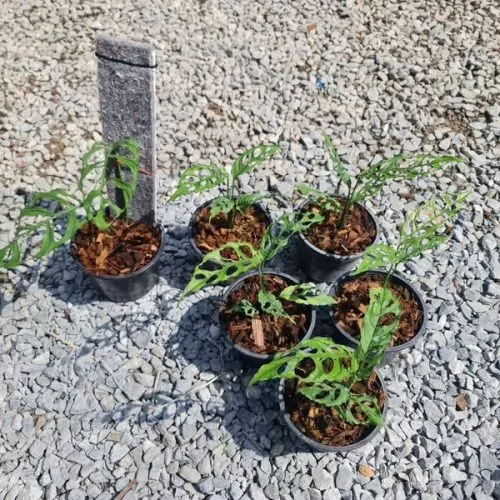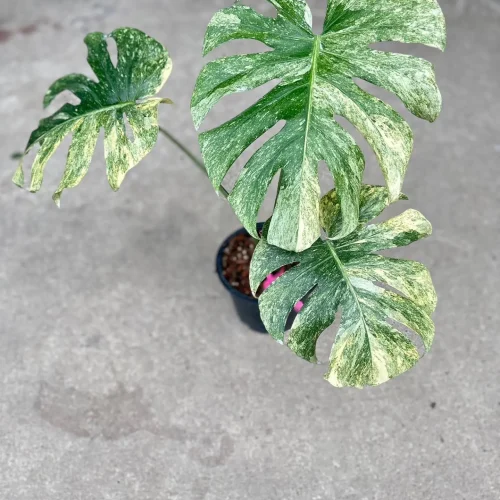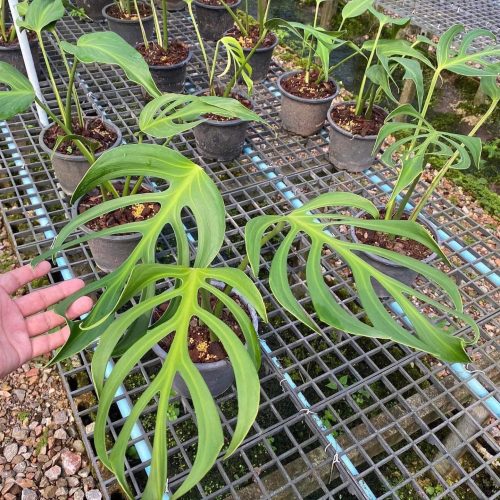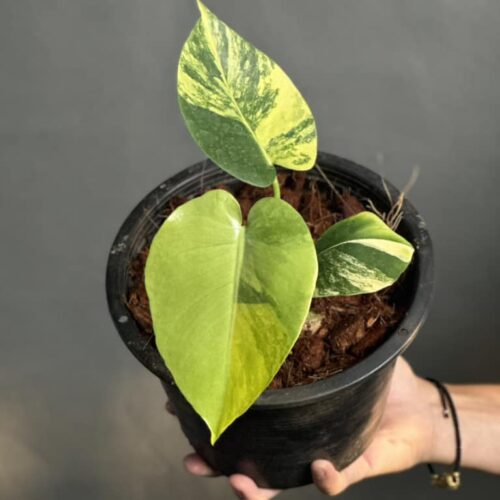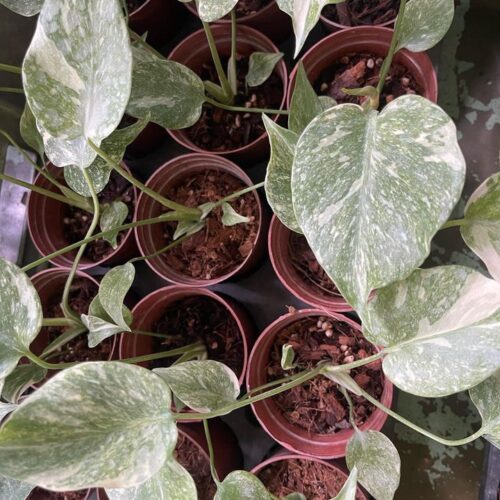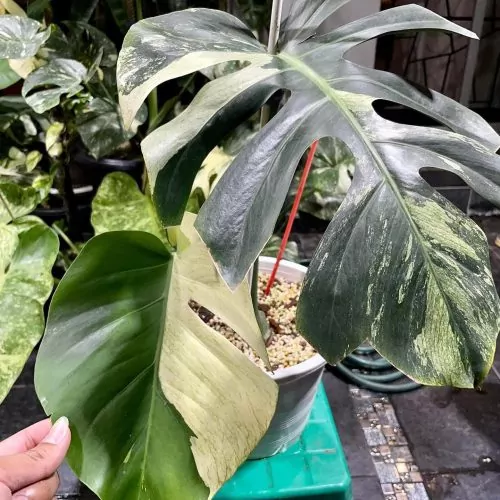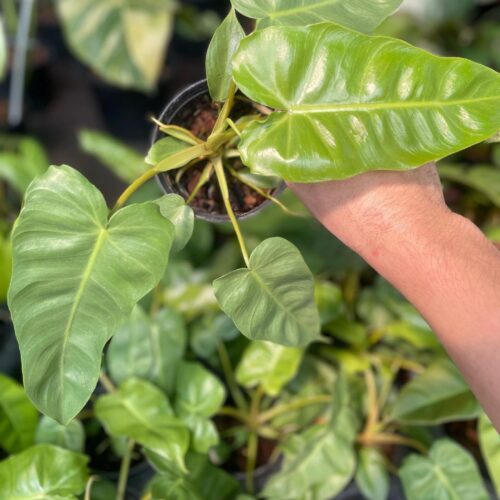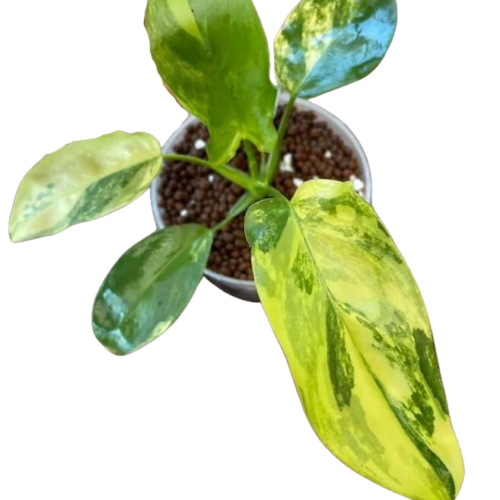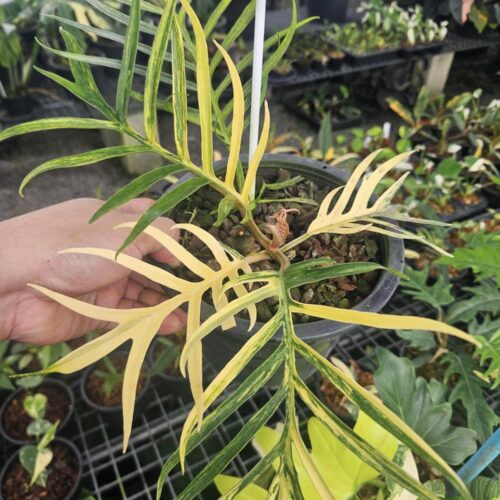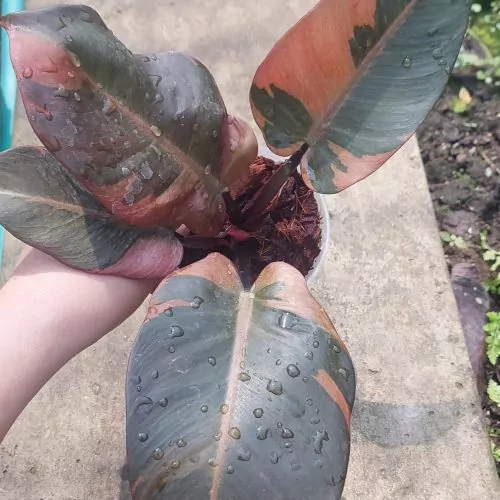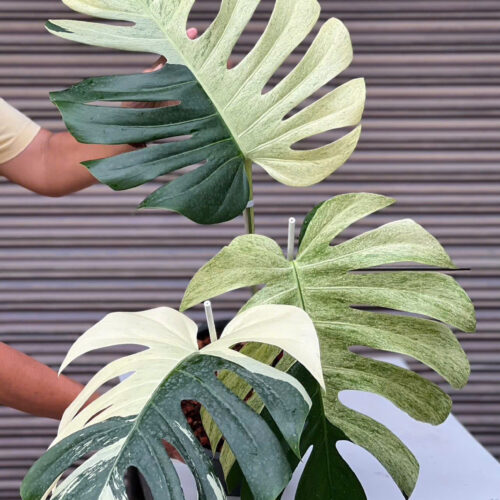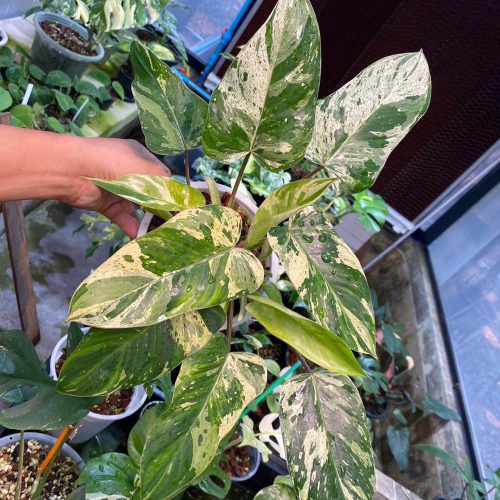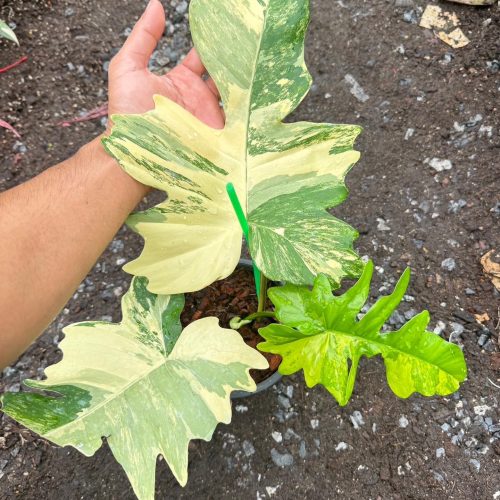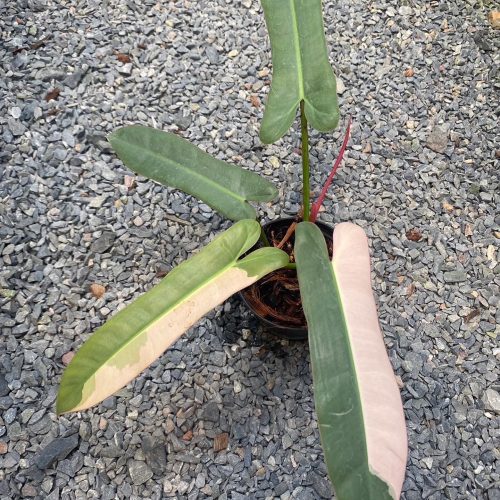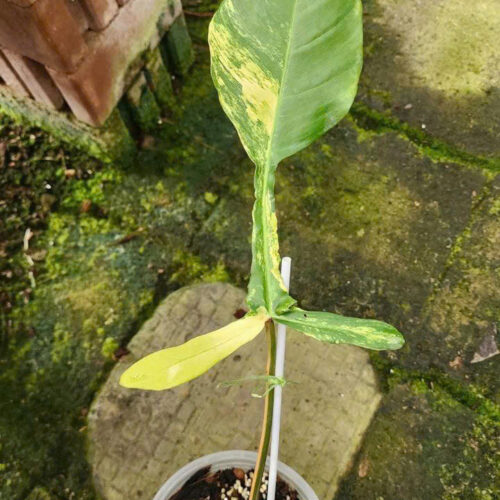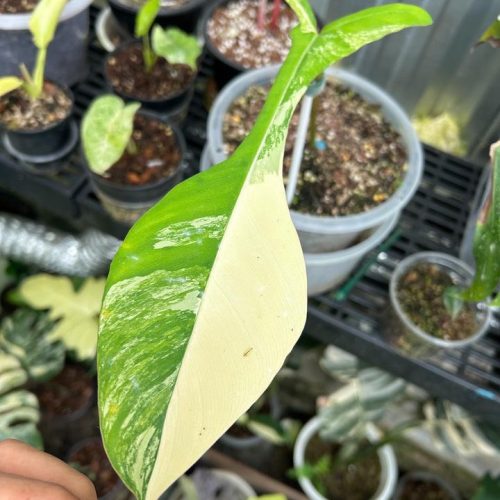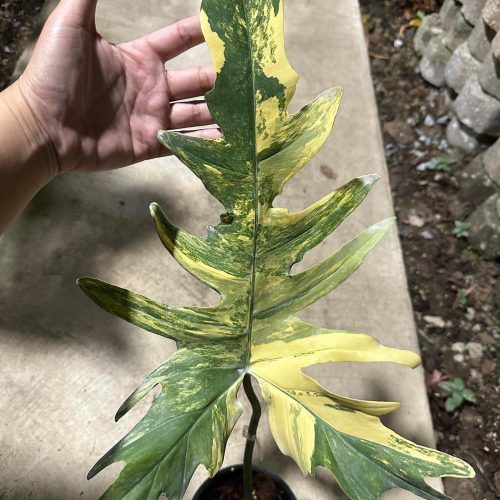Choosing the right plants for your gardening zone is crucial to ensure their survival and optimal growth. Zone B, characterized by its specific climate conditions, supports a variety of plants that thrive in its environment. Here is a comprehensive guide to selecting the best plants for Zone B, focusing on a diverse range of options, including some popular aroid plants.
Introduction
Zone B, known for its moderate climate, offers an ideal environment for many plants, including popular indoor varieties like Philodendron, Monstera, and Anthurium. These plants not only thrive in Zone B but also add aesthetic value to any garden or indoor space. Similar to Aglaonema and Syngonium, they are relatively easy to care for and can flourish with the right conditions.
Plants for Zone 9b: What You Need to Know
Before we dive into specific plant recommendations, let’s talk about what zone 9b actually means. The USDA Plant Hardiness Zone Map divides North America into 13 different zones based on average annual minimum temperatures. Zone 9b includes parts of California, Arizona, Texas, and Florida, with minimum temperatures ranging from 25 to 30 degrees Fahrenheit (-3.9 to -1.1 degrees Celsius).
In this climate, it’s important to choose plants that can handle both the heat and occasional freezes, as well as drought conditions. Many tropical plants thrive in these conditions as long as they receive adequate water and protection from extreme weather events.
Tropical Plants for Zone 9b
Tropical plants are known for their exotic foliage, bright colors, and ability to transport us to faraway lands. Here are some of the best tropical plants for zone 9b:
Monstera
The monstera plant, also known as the Swiss cheese plant, is a popular choice for its distinctive perforated leaves. It’s native to the rainforests of Central and South America, so it’s no surprise that it does well in warm and humid zones like 9b. Monstera plants can grow to be quite large, so they’re best suited for larger gardens or indoor spaces with high ceilings.
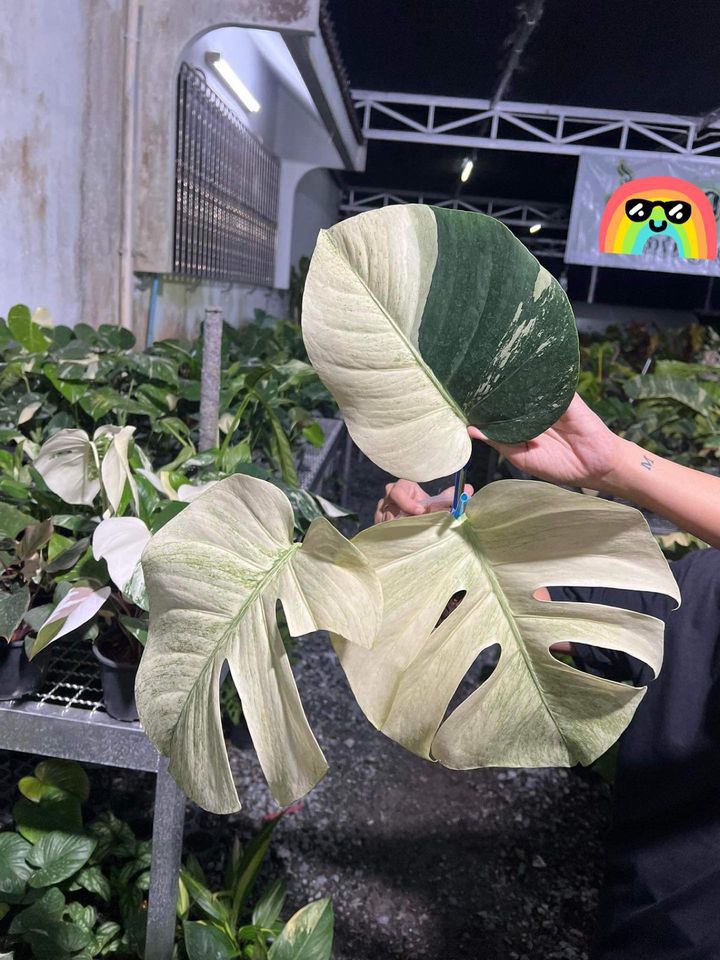
Philodendron
Another beloved tropical plant is the philodendron. With its glossy, heart-shaped leaves and trailing vines, it’s a versatile choice that can be grown as a climbing plant or a hanging basket. There are many different varieties of philodendrons, from the classic green leaves to variegated and neon-colored cultivars.
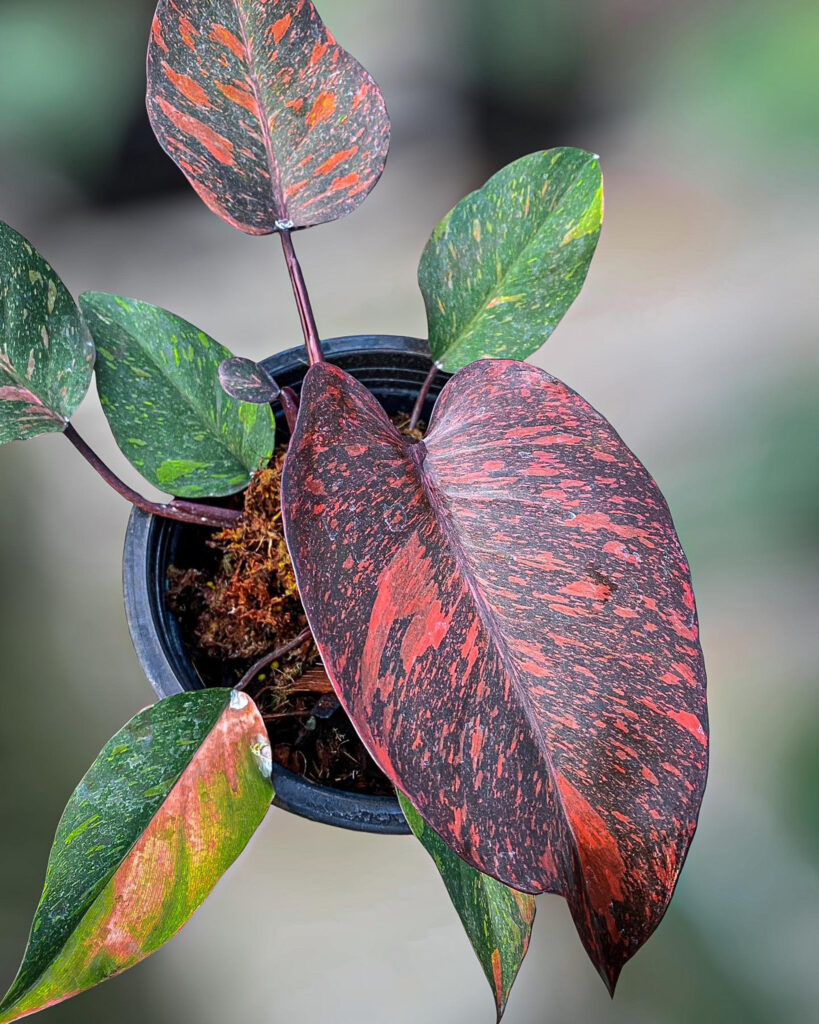
Alocasia
The alocasia, also known as elephant ear or taro, is a striking plant with large, arrowhead-shaped leaves. It’s native to Southeast Asia and thrives in warm, wet climates. Alocasia plants are popular for their unique foliage and can make a statement in any garden or indoor space.

Anthurium
Anthuriums are prized for their showy flowers, which come in shades of red, pink, orange, and white. They’re native to tropical regions of the Americas and can grow up to 3 feet tall. Anthuriums prefer filtered light and high humidity, so they’re a great choice for indoor spaces like bathrooms or kitchens.
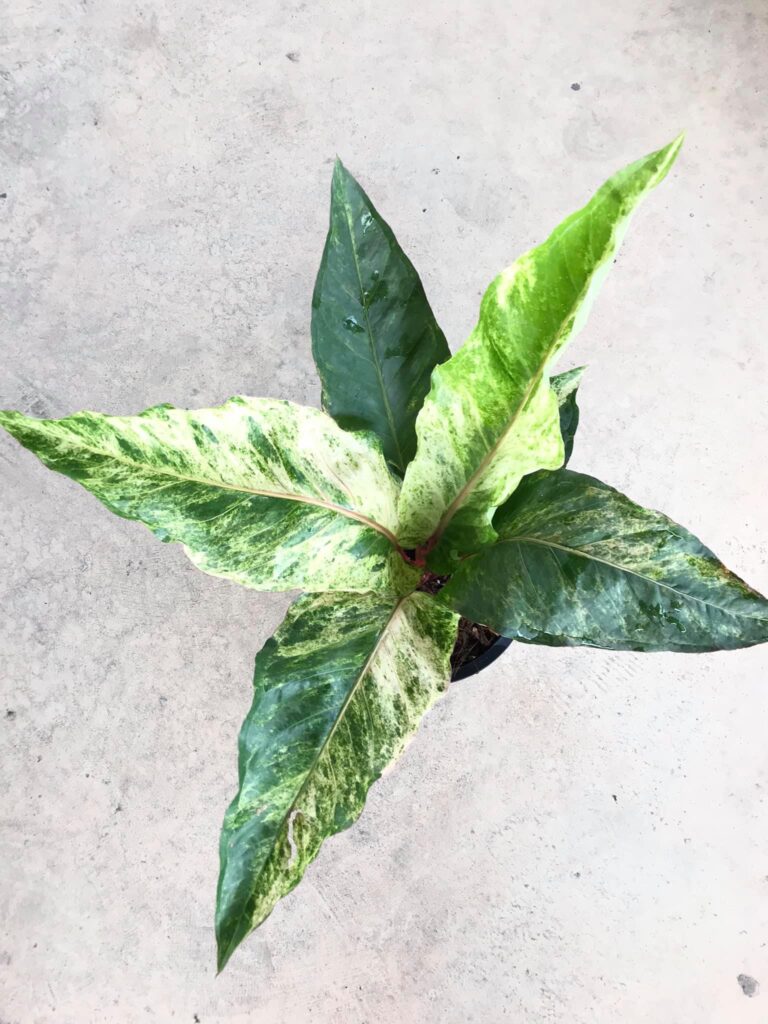
Epipremnum
Finally, the Epipremnum plant, also known as devil’s ivy or pothos, is a hardy vine that can thrive in a variety of conditions. It’s popular for its trailing stems and variegated leaves, which range from solid green to yellow and white. Epipremnums are easy to care for and can be grown indoors or outdoors.

Best Plants for Zone 9b: Care Tips
While these tropical plants can add beauty and drama to your garden, they do require some specific care to thrive in zone 9b. Here are some tips for growing healthy and happy plants:
- Water regularly: Tropical plants need consistent moisture to thrive, so be sure to water them regularly, especially during hot and dry periods. However, be careful not to overwater and cause root rot.
- Provide shade: Many tropical plants prefer filtered light rather than direct sun, so consider providing some shade or using a sheer curtain to protect them from harsh rays.
- Fertilize regularly: Tropical plants benefit from regular fertilization, especially during the growing season (typically spring and summer). Use a balanced fertilizer with equal amounts of nitrogen, phosphorus, and potassium.
- Protect from cold: While zone 9b doesn’t typically experience extreme freezes, it’s still important to protect your plants from sudden temperature drops. Consider covering them or bringing them indoors during colder snaps.
- Prune and propagate: To keep your tropical plants looking their best, prune off any dead or damaged leaves and stems. You can also propagate them by taking stem cuttings and rooting them in water or soil.
Plants for Zone 9b species are the most sought after by aroid plant lovers
FAQs about Growing Tropical Plants in Zone 9b
- What are the best plants for full sun in zone 9b? Some tropical plants that can handle full sun include bougainvillea, hibiscus, and bird of paradise.
- Can I grow tropicalplants in containers? Absolutely! Many tropical plants actually do well in containers, as they can be easily moved indoors during colder months or extreme weather events. Just be sure to choose a pot with proper drainage and use high-quality potting soil.
- How often should I fertilize my tropical plants? Generally, tropical plants benefit from regular fertilization during the growing season (spring and summer), about once every 2-4 weeks. Use a balanced fertilizer with equal amounts of nitrogen, phosphorus, and potassium.
- Can I grow tropical plants from seed? While some tropical plants can be grown from seed, it can be more challenging than propagating via stem cuttings or division. If you’re interested in growing tropical plants from seed, research specific species and their germination requirements.
- What are some common pests and diseases that tropical plants are prone to? Tropical plants can be susceptible to pests like spider mites, aphids, and mealybugs, as well as fungal diseases like root rot and leaf spot. Regularly inspect your plants for signs of infestation or disease and treat them promptly.
Conclusion
If you’re looking to add some tropical flair to your garden or indoor space, there are plenty of options available for zone 9b. From the exotic foliage of monstera and alocasia plants to the showy flowers of anthuriums, these tropical species can thrive in warm and humid conditions with proper care and attention. Be sure to water regularly, provide shade, fertilize, protect from cold snaps, and prune as needed to keep your plants looking their best.


